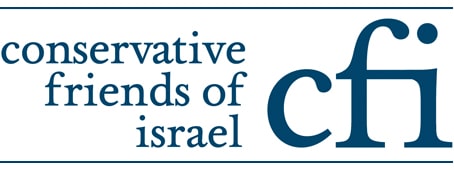 According to a recent report, Iran will be allowed to conduct its own inspection of the controversial Parchin military site instead of the International Atomic Energy Agency (IAEA), undermining the verifications regime outlined in July’s nuclear deal signed by Iran and the P5+1. Iran is believed to have used the Parchin military site to engage in experiments related to the development of nuclear weapons.
According to a recent report, Iran will be allowed to conduct its own inspection of the controversial Parchin military site instead of the International Atomic Energy Agency (IAEA), undermining the verifications regime outlined in July’s nuclear deal signed by Iran and the P5+1. Iran is believed to have used the Parchin military site to engage in experiments related to the development of nuclear weapons.
The provision is part of a confidential side agreement to the nuclear deal that details how Iran will clarify the possible military dimensions (PMDs) of its nuclear programme, according to a document seen by The Associated Press.
The secret agreement in question diverges from normal procedures by allowing Tehran to employ its own experts and equipment in the search for evidence of activities it has consistently denied — trying to develop nuclear weapons.
Olli Heinonen, who was in charge of the Iran probe as deputy IAEA director general from 2005 to 2010, said he could think of no similar concession with any other country.
Upon announcing the signing of the agreement in July, President Obama underlined that the deal “is not built on trust, it is built on verification”.
Critics of the Joint Comprehensive Plan of Action nuclear deal have complained that the agreement is unwisely built on trust of the Iranians, while the Obama administration has insisted it depends on reliable inspections. House of Representatives Speaker John Boehner said: “President Obama boasts this deal includes ‘unprecedented verification.’ He claims it’s not built on trust. But the administration’s briefings on these side deals have been totally insufficient – and it still isn’t clear whether anyone at the White House has seen the final documents”.
The newly disclosed side agreement, is linked to persistent allegations that Iran has worked on atomic weapons. Iran has for years stonewalled the IAEA and refused to provide the agency with access to sites, people, and information related to the possible military dimensions (PMDs) of its nuclear programme.
There is evidence that shows that Iran has engaged in efforts to conceal its activities in Parchin, and just two weeks ago American intelligence revealed that Iran was again engaged in activity aimed at sanitising the site.
The document seen by AP is labeled “Separate Arrangement II,” indicating there is another confidential agreement between Iran and the IAEA governing the agency’s probe of the nuclear weapons allegations.
Iran is to provide agency experts with photos and videos of locations the IAEA says are linked to the alleged weapons work, “taking into account military concerns”. The wording suggests that — beyond being barred from physically visiting the site — the agency will not have access to photo or video information from areas Iran considers off-limits because they have military significance.
While the document states the IAEA “will ensure the technical authenticity” of Iran’s inspection, it does not say how. The draft is unsigned but the proposed signatory for Iran is listed as Ali Hoseini Tash, deputy secretary of the Supreme National Security Council for Strategic Affairs.
The IAEA has said in response to the report, that it is satisfied with the access that Iran will grant it to the Parchin site, stating: “The separate arrangements of the roadmap are consistent with the IAEA verification practice and they meet the IAEA requirements”.

